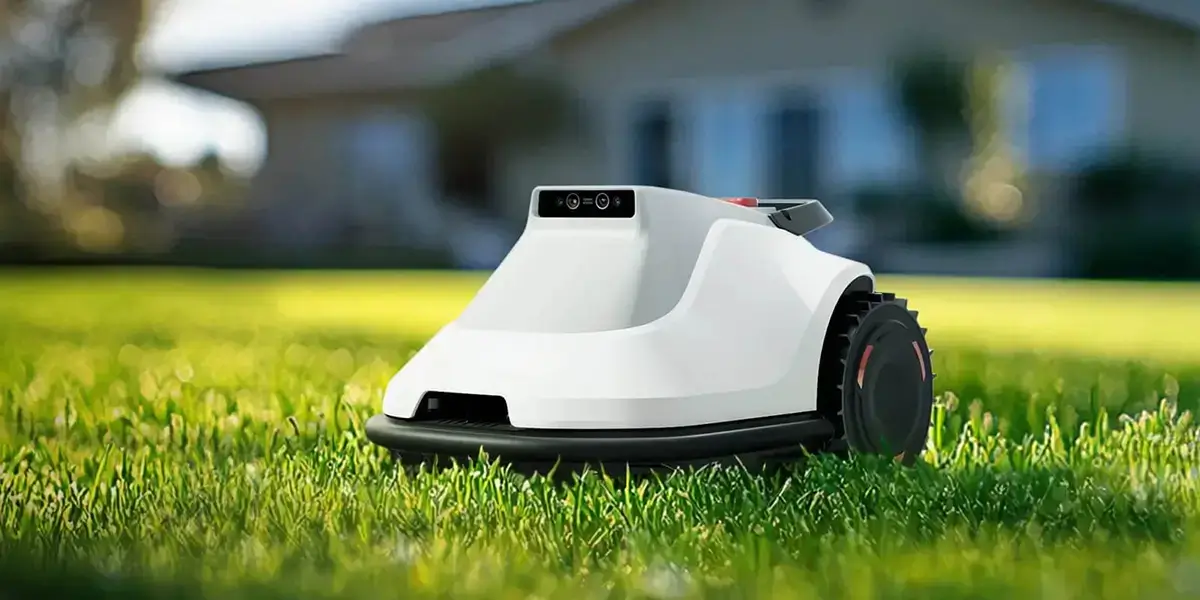Attaching a Micro Servo: A Step-by-Step Guide for Perfect Results
If you’ve ever worked on a project involving tiny, precise movements, you’ve probably come across the micro servo. These little guys are perfect for anything from robotics to hobbyist projects, offering a compact solution for mechanical control. But how exactly do you attach a micro servo? Don’t worry, we’re going to break it down and make it super easy for you.

First off, let’s talk about what a micro servo is and why it’s so special. A micro servo is a small electric motor designed to rotate at specific angles, typically between 0 and 180 degrees, making it ideal for tasks that require controlled, precise motion. It’s commonly used in model planes, robots, and even automated doors. But attaching it to your project isn’t always as straightforward as just plugging it in. The right technique can make a world of difference in terms of reliability and performance.
Understanding the Basics
Before diving into the attachment process, it’s important to understand a few key points about the servo itself. Most micro servos are equipped with three wires: power, ground, and signal. The power wire (usually red) needs to be connected to a suitable power source, the ground wire (typically black or brown) connects to the negative side of your power supply, and the signal wire (often yellow or orange) is used to communicate with your control system. Once you’ve got those basics down, it’s time to focus on the physical attachment.
Step-by-Step Process
Prepare Your Mounting Surface
Start by ensuring you have a solid and stable platform for the servo. Whether you’re attaching it to a plastic frame, a wooden structure, or a metal base, make sure the surface is flat and free of debris. The goal is to create a secure connection that can handle any vibrations or movements that come from the servo.
Align the Servo
Once your mounting surface is ready, the next step is positioning the micro servo correctly. Place it where you want the servo to go, making sure the rotating shaft is facing the direction of movement. It’s crucial to align it properly at this stage because a misaligned servo can lead to uneven motion or even cause mechanical failure down the line.
Secure the Servo with Screws
Now that everything’s aligned, use the provided screws to attach the servo to your surface. If you don’t have screws, double-sided tape can work in a pinch, though screws are always the more reliable option. Tighten the screws carefully—don’t overdo it! You want it snug but not so tight that it risks damaging the servo’s casing.
Connect the Servo Wires
With the servo securely in place, it’s time to connect the wires. Attach the power wire to the positive terminal of your power supply, the ground wire to the negative terminal, and the signal wire to the appropriate pin on your controller (such as a microcontroller or receiver). Double-check your connections to ensure they’re firm and well-insulated.
Test the Movement
Finally, after everything’s connected, it’s time for a quick test. Power up your system and send a test signal to the servo. You should see the servo moving smoothly in response to the control input. If it’s not moving as expected, check your wiring and ensure the power supply is adequate for the servo’s needs.
Common Troubleshooting Tips
It’s not uncommon to encounter a few hiccups when attaching a micro servo. Here are some quick solutions to common problems:
- Servo Not Moving: This could be due to a poor connection. Check the signal wire and make sure it’s securely connected to the controller.
- Erratic Movement: If the servo is jittering or moving erratically, try adjusting the power supply to ensure it’s providing a stable current.
- Overheating: Overheating can happen if the servo is under too much load. Make sure the servo is suitable for the task you’re asking it to do and that it’s not overworked.
Why Get It Right?
Attaching a micro servo might seem simple, but the little details make a big difference. A secure, well-positioned servo ensures long-term reliability and smooth operation. The last thing you want is to deal with a loose or malfunctioning servo in the middle of an important project.
In conclusion, mastering the process of attaching a micro servo is a small but essential skill for anyone working with these powerful little motors. By following these steps carefully and paying attention to the finer points, you can ensure your projects perform just the way you want them to—flawlessly.
Leveraging innovations in modular drive technology, Kpower integrates high-performance motors, precision reducers, and multi-protocol control systems to provide efficient and customized smart drive system solutions.




































